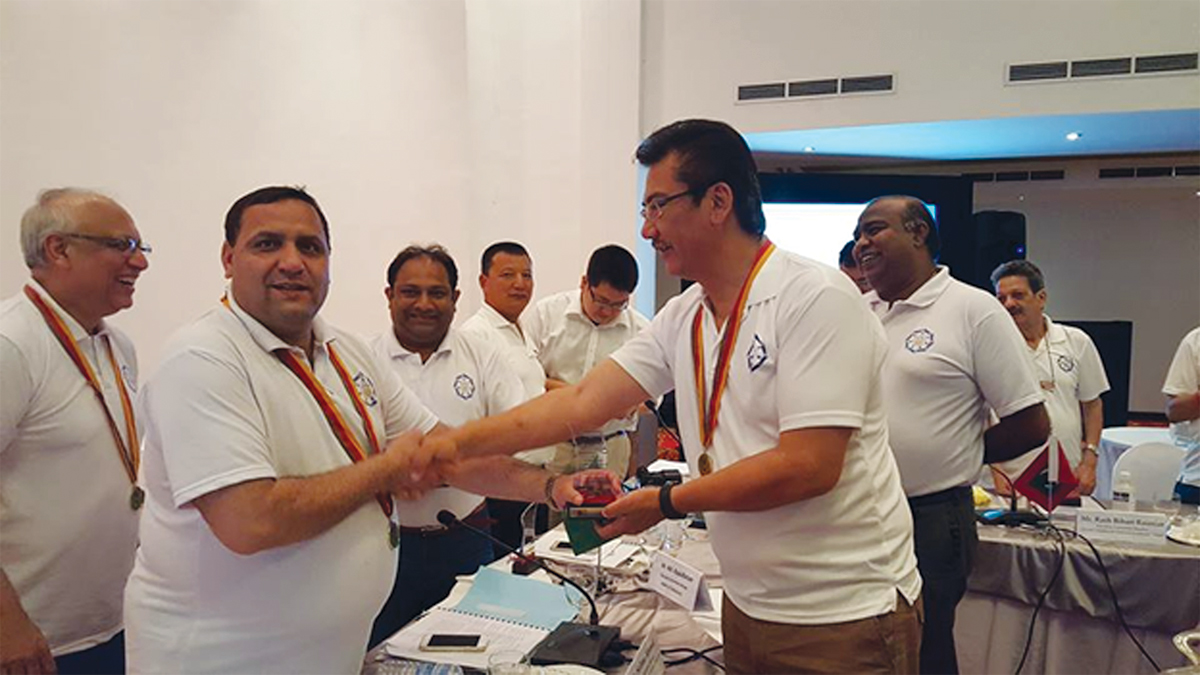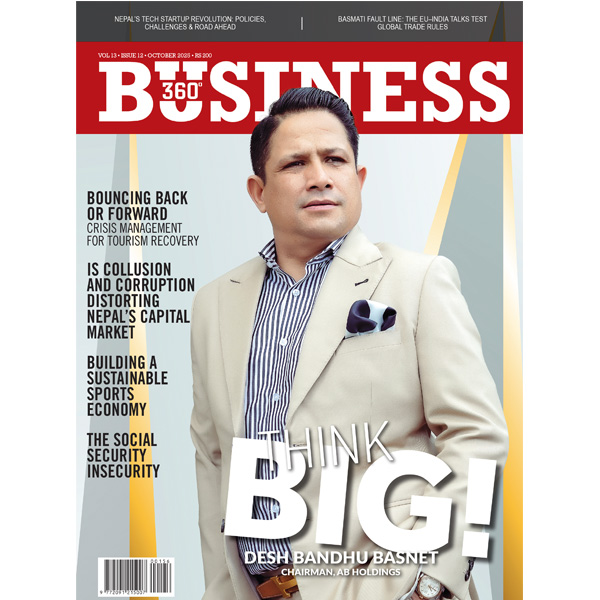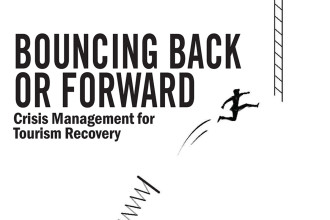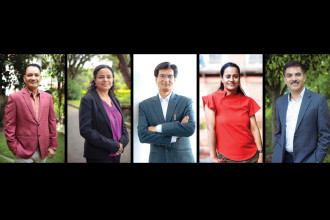
Introduction
South Asia, a couple of years ago, was a region with the slowest growth, one of the most dangerous regions in the world, having one of the highest-density of people and home to the poorest. However, nothing is permanent and change is inevitable. So, it has been for South Asia too. A number of things have changed in South Asia. The South Asian economy is picking up, terrorism is being checked and the mood of entrepreneurship and business is optimistic, though South Asia still remains a complicated region on certain other counts.
SAARC Chamber of Commerce and Industry
When one talks of Business, one cannot ignore SAARC Chamber of Commerce and Industry (SAARC CCI), the apex trade body of the South Asian region. With a number of ups and downs, which are a natural part of the growth of any organization, SAARC CCI has withstood many a storm. SAARC CCI has worked assiduously to strengthen the regional economic cooperation. Even during times of political hiatus, SAARC CCI has continued to bring the private sector of the region together and discuss business. After all, economics shapes politics as well. Economic interests always supersede all other interests. Where people trade, war is not an option. Therefore, SAARC CCI has received the blessings of political leadership of all member countries. There is a genuine interest to increase economic growth of all south Asian countries towards greater prosperity and greater peace.
The Leadership and Office Bearers
The fortunes of SAARC CCI seem to have suddenly changed. After a slow period from 2014-2015, SAARC CCI was aspiring for a strong and dedicated leadership. Suraj Vaidya took over as President of SAARC CCI in March 2016. An old hand in SAARC CCI circles (he was one of the founding members of SAARC CCI and also the Chairman of the SAARC Tourism Council), he got to work immediately, visiting all eight member countries in the first three months, meeting heads of state, commerce and finance ministers, senior officials from the government and the business community of South Asia. He put down his vision of "Unleashing South Asia". His wish to increase investments in the region through setting up of Industrial Parks, developing Smart Green Villages, Promotion of Youth Angels are some ideas that he would like to focus on during his Presidency. Suraj Vaidya has strategically moved ahead to consolidate his army of white men and women – business people, who shed their black formals at the last Executive Committee meeting of SAARC CCI in June in Sri Lanka - and is determined to bring positive changes to the institution. Addressing the gathering at a programme in Sri Lanka, Suraj Vaidya said, ‘I urge the private sector to draft specific proposals to lobby with the governments”. Realising the potential at the sub-regional level, he has decided to open three sub-regional offices of SAARC CCI in Mumbai, Dhaka and Colombo. A concerted effort is being made to increase the membership base of SAARC CCI. Though, SAARC CCI delegations have visited other countries in the past, the President is leading a SAARC CCI delegation to the United States for the first time in order to interact with international agencies, political leaders as well as the South Asian diaspora. SAARC CCI is in good hands. The team of dedicated and committed Vice-Presidents, the vision of the leadership, the involvement of South Asian businesses, all show signs of vibrancy and enthusiasm. Afghanistan, the latest entry to South Asia has some very active businessmen, committed to regional cooperation. In fact, people to people contact allows Afghani participants to interact with their Pakistani counterparts and discuss issues beyond business, so, remains the case between Pakistan and India, and so many others. Hence, SAARC CCI has dimensions beyond just the economic integration of South Asia. People to people contact reduces prejudices, it creates a better understanding of all cultures and eventually one realises, South Asians are so similar with a long history and shared traditions.
Tasks Ahead
SAARC CCI has been pushing for opening of borders especially for business persons. It strongly believes that without movement of people, business will never take off. “Businessmen carry goods and not guns” has been the slogan of SAARC CCI. The dream of a unified South Asia can only be achieved when we have a borderless South Asia.
SAARC CCI needs to develop a communications strategy. SAARC CCI activities remain the most under-reported in the whole region. If an activity takes place in Nepal, it should automatically be reported in all other member-countries. The activities of the President, Senior Vice-President, Vice-Presidents and other Executive Committee members need to be talked about across South Asia. There should be a well chalked out strategy for communications. The political leaders, relevant government officials and people in general should all be targeted to receive updates and know of the good work that SAARC CCI is doing. Branding SAARC CCI is an important area which has so far not received the attention it deserves. With digital tools available today, branding would be a key mechanism to achieve organisational goals
Conclusion
With a business-like approach and prompt response to economic developments in South Asia, SAARC CCI can really bring positive changes to the South Asian regional integration. They need to continue doing the good work that they have been doing. And then, the Men and Women in White will leave no stone unturned to conquer the economy of South Asia.
By Subodh Kumar Agarwal






